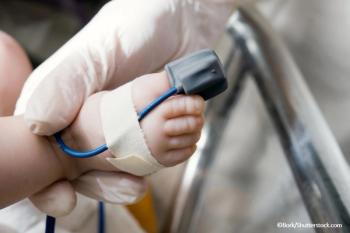
SIR: Long-Term Pain Relief Found with Vertebroplasty
SEATTLE -- Percutaneous vertebroplasty reduces pain of collapsed vertebra without increasing risk of new fractures over the long term, Italian researchers said here.
SEATTLE, March 8 -- Percutaneous vertebroplasty reduces pain of collapsed vertebrae without increasing risk of new fractures over the long term, according to Italian researchers.
Among 1,005 consecutive patients who had a cement injected into frail vertebrae, pain dropped a clinically relevant 6.5 points on the 11-point visual analog scale (P
After three to 51 months of follow-up, 13.4% of patients with osteoporosis had a new vertebral fracture (average 9.4 months after vertebroplasty). Most new fractures were in vertebra adjacent to those strengthened (68.8%, P=0.0004) without a significant difference in occurrence above or below the treated vertebrae (P=0.1).
The complication findings were:
- 2.3% of patients had a minor complication (16 asymptomatic pulmonary embolism, six nerve root irritation, and one needle tip rupture),
- 0.3% had a major complication (one each for subcutaneous ematoma, local skin infection, and spondylitis),
- 31.2% of patients had asymptomatic leakage of the vertebroplasty material into the veins (36.8% of vertebrae),
- 15.5% had asymptomatic leakage into the disc.
Dr. Anselmetti chalked up the "very low" complication rate to their use of state-of-the-art imaging systems.
"As our data do not show any increased risk of a new fracture compared to placebo and medical therapy," he said, "a prospective randomized trials have to be performed to assess if [percutaneous vertebroplasty] in the future will be consider as 'conventional therapy' in the treatment of painful vertebral fractures."
Newsletter
Enhance your clinical practice with the Patient Care newsletter, offering the latest evidence-based guidelines, diagnostic insights, and treatment strategies for primary care physicians.






















































































































































































































































































